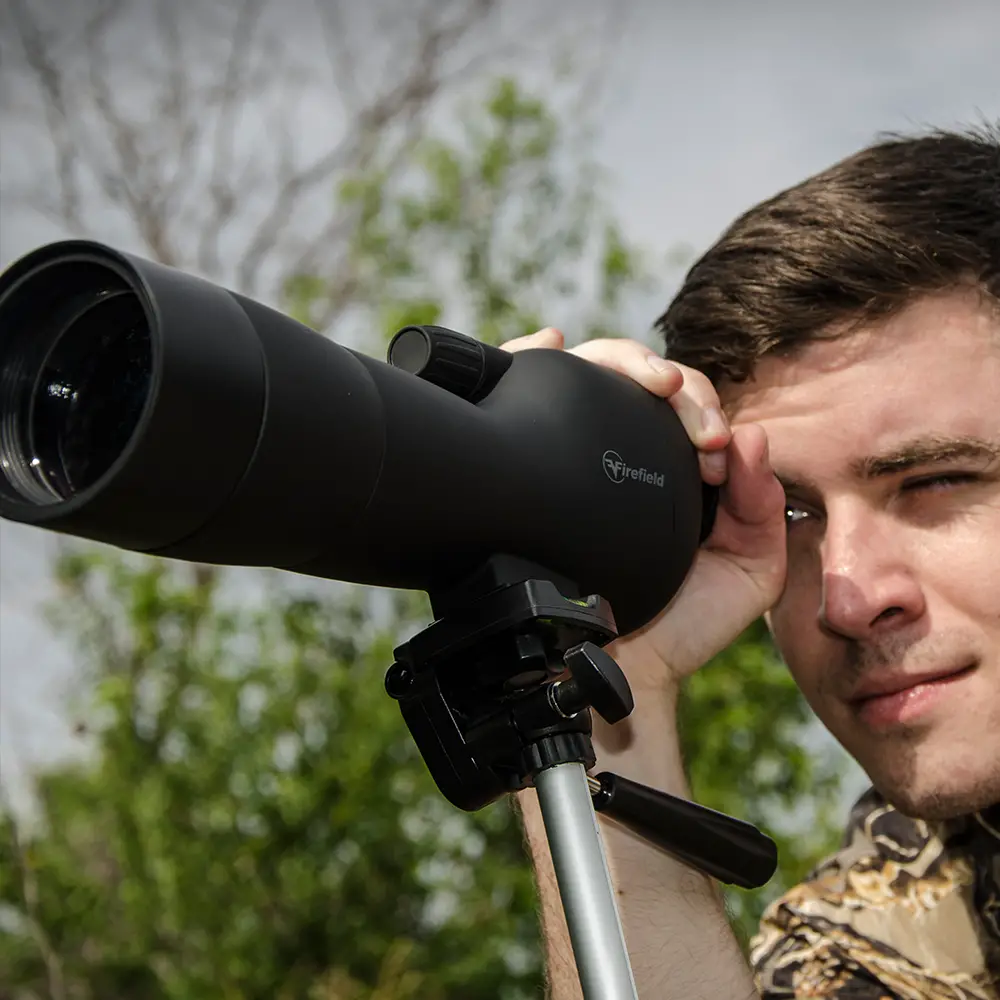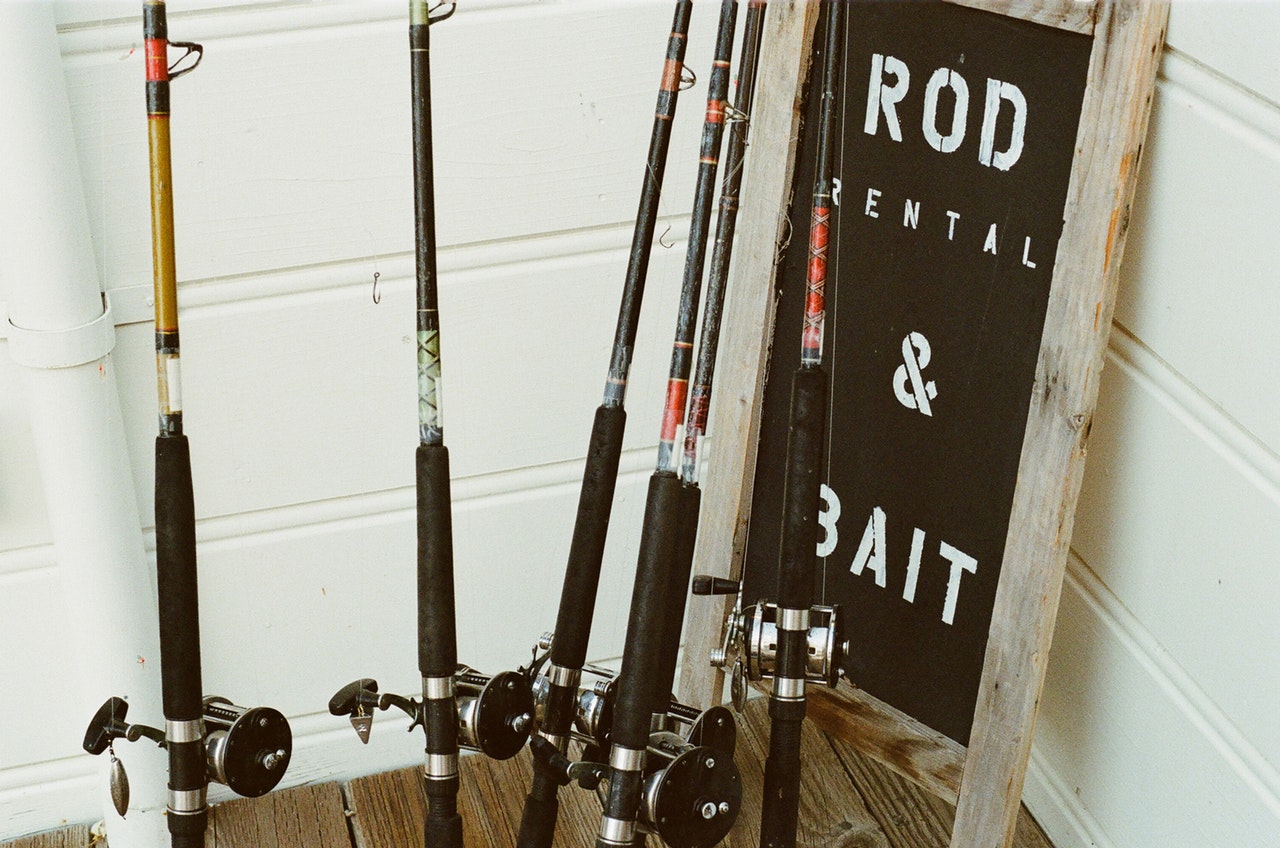Container Gardening: How to Keep a Garden on Your Balcony
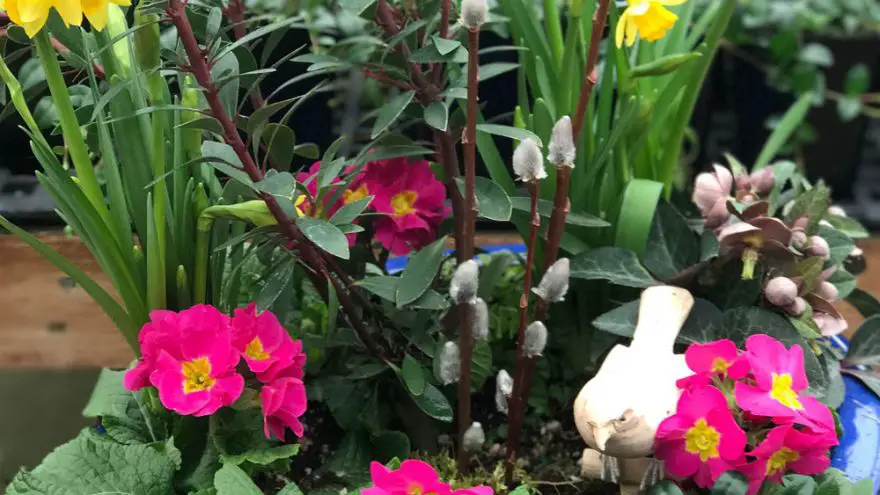 Container Gardening: How to Keep a Garden on Your Balcony
thegearhunt.com
Container Gardening: How to Keep a Garden on Your Balcony
thegearhunt.com
Container gardens are an ideal way for you to add a bit of color to your patio, deck, or balcony, or even to fill in those blank spots in your borders and beds.
If you want to start your own container garden, you can start by choosing a few good-sized containers that will allow any excess water to drain out. You might use anything from a pot that you may have found at your community garden center to reusing some sort of container that you already have in your home. Keep in mind that the bigger the container, the better, because you won’t have to water larger containers as much.
Once you have your container, fill it with potting soil that is of a high quality. Don’t just use garden soil because it won’t drain well, and it might contain pest organisms or disease. Once you have the container nearly full of the potting soil, you are ready to pull the plants out of the nursery pots gently. Carefully squeeze the nursery pot as you are pulling the plants from them to ensure that you get all of the root. Also, try to avoid pulling on the stems and leaves of the plants if possible to avoid injuring them. When you put your plants into the container, massage them gently into the soil so that their roots will spread out as opposed to growing in circles and strangling the plants.
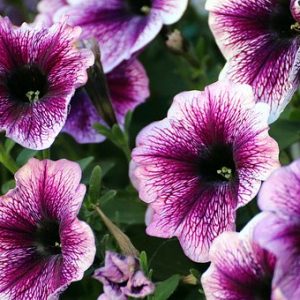 One way to easily design a small container garden is the filler, thriller, and spiller method. Find your thriller plant first. This will be the focal point of the container. You might use something like burgundy leaf hibiscus. Next, you will choose spiller plants that will cascade over the sides of the containers to soften the edges a bit. Lastly, you will fill in any spaces with your filler plant. Euphorbia works well for this. Add a bit more soil around your root holes and fill the container right up to the top with the soil. Remember that the potting soil will settle a little bit, and when it does, you will have space between the top of the soil and the top of the container, so that when you water it, the water will pool in that space as opposed to flowing over the sides.
One way to easily design a small container garden is the filler, thriller, and spiller method. Find your thriller plant first. This will be the focal point of the container. You might use something like burgundy leaf hibiscus. Next, you will choose spiller plants that will cascade over the sides of the containers to soften the edges a bit. Lastly, you will fill in any spaces with your filler plant. Euphorbia works well for this. Add a bit more soil around your root holes and fill the container right up to the top with the soil. Remember that the potting soil will settle a little bit, and when it does, you will have space between the top of the soil and the top of the container, so that when you water it, the water will pool in that space as opposed to flowing over the sides.
Container Vegetables
You might not have anywhere to plant the garden you want, but you can still grow your own vegetables. You can raise a good amount of many types of edible things in containers right on your balcony, porch, deck, or patio. Recently, container gardens have been trending, and a number of dwarf and compact varieties of vegetable plants have been developed that are meant to be grown in tight spaces. Containers will also make things a bit easier for you when it comes to controlling the fertilizer, water, light, and soil.
Tips for Starting a Container Vegetable Garden
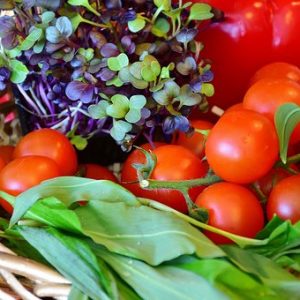 Is bigger better? The biggest challenge that has to do with container gardening is watering it. This is because the soil can dry out faster in the pots than it does in the ground. Having more soil means that it won’t get dry with the same speed, so you will want to choose the very biggest container that will fit where ever you are planning to put it. Remember that it is ok to mix some of the compatible plants in one container. Be sure that each container you opt for has holes in the bottom so that any extra water can drain out.
Is bigger better? The biggest challenge that has to do with container gardening is watering it. This is because the soil can dry out faster in the pots than it does in the ground. Having more soil means that it won’t get dry with the same speed, so you will want to choose the very biggest container that will fit where ever you are planning to put it. Remember that it is ok to mix some of the compatible plants in one container. Be sure that each container you opt for has holes in the bottom so that any extra water can drain out.
Plan to Water
Containers that are called ‘self-watering’ tend to have a reservoir that is under the soil and are topped with a grid plate that the roots will be able to reach down through to reach the water. With containers of this type, you might not need to water as frequently, but you will still need to ensure that the reservoir has water in it. In summer, plants that are mature will have a tendency to empty it pretty quickly, so you might need to fill it up every day. Spread some mulch over the top of the soil in the containers just as you would in a garden. This will keep the moisture from evaporating as quickly. If you are planning a vacation in the summer, you might want to stick with fall or spring veggies, like radishes, peas, and greens, so that your container garden can be fallow while you aren’t there to tend to it.
Begin with Herbs
These are simple, especially if you start with transplants, and they can add a bit of home grown taste to any meal. Simply keep in mind that they need to have the proper conditions in order to thrive. All herbs will need full sunlight, but some of them, like rosemary, need soil that is a bit dryer and not as many nutrients. Basil will need more water and fertilizer.
Move Them
When your garden is in pots, you have the freedom to finesse the shortage of sunlight. Just use a wheeled pot trolley under your large pots and move them so that they will follow the path of the sun. So, you would move it into the morning sunlight, and then when the evening arrives, and you are ready to sit on the balcony, just move it out of your way.
Green it Up
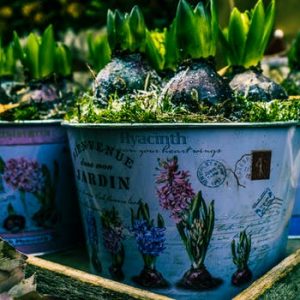 Baby greens, like spinach and lettuce, could just be the easiest veggies to grow in container gardens. Start in the spring when they will be able to tolerate the cooler temps. Sow your seeds in the correct pot. Expect it to take a bit longer than a week for them to begin to sprout. However, they will reach their harvest size of about 4 inches rather quickly. Just use a pair of scissors to snip the largest leaves off and you will be able to keep the harvest going for quite a few weeks. When you are done with them, simply pull them out of the soil and re-sow.
Baby greens, like spinach and lettuce, could just be the easiest veggies to grow in container gardens. Start in the spring when they will be able to tolerate the cooler temps. Sow your seeds in the correct pot. Expect it to take a bit longer than a week for them to begin to sprout. However, they will reach their harvest size of about 4 inches rather quickly. Just use a pair of scissors to snip the largest leaves off and you will be able to keep the harvest going for quite a few weeks. When you are done with them, simply pull them out of the soil and re-sow.
Accept Challenges
Everyone loves fresh grown tomatoes, but it can take a bit of effort to make them work as a part of a container garden. If you will be growing them in containers, look for varieties that have been specially recommended for containers. They should be ‘determinate’, which means that they will only grow to a certain size before stopping and bearing their fruit. For tomatoes, you will want the largest container possible, it should have at least a 24-inch diameter. Tomatoes tend to sprawl, and the fruits tend to be heavy for the stems, so put a cage around them. Alternatively, you can install a few sturdy stakes right in the container when you plant them. Just be sure that you tie any new shoots to those stakes.
Keeping Container Plants Happy
Containers of many sizes filled with a variety of plant choices continue in their popularity. Often, they are used to bring a bit of gardening to balconies, patios, porches, and even more places where you don’t expect to find plants. Even properties with minimal space will still have a spot for at least one plant.
A single plant flowering in a container has more appeal than a single one in any garden plot. The opportunities for plant choices and containers are nearly endless.
Here are a few suggestions that are meant to keep your plants happy so that they can grow well. There are no secrets to this – just a bit of common sense.
Location
Shade or sun the plants according to their performance. Adjust their exposure to light in order to determine where the plants will display the best production of flowers and color. Rotate your plants ¼ turn every few days so that they will receive equal light on every side.
Watering
When possible, use rain water to water your container garden. Rain water tends to contain fewer contaminants than tap water. Water the plants according to their needs as opposed to too little or too much. On those hot days in the summer, they might even need to be watered a few times every day. Most of the water will run out of the pots, which is critical to keep in mind. Also, never let the plants stand in too much water.
Feeding
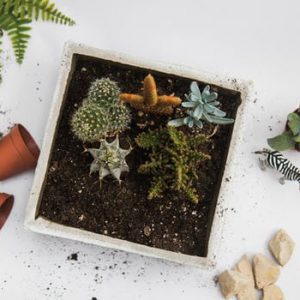 The formula for this is actually quite simple. Just add 2 tbsp of fertilizer that is water soluble to your 2-gallon water bucket. Yes, this might be less than what the directions on the fertilizer specify, but it does work. Keep in mind that most of the fertilizer will drain right out of the containers when you water the plants. However, if you don’t feed them, they can lack that healthy green and vigor. In a nutshell, they get unhappy. Potted plants need to be fed about every 2 weeks. Adjust the frequency as necessary. Just be sure that you don’t feed them too much.
The formula for this is actually quite simple. Just add 2 tbsp of fertilizer that is water soluble to your 2-gallon water bucket. Yes, this might be less than what the directions on the fertilizer specify, but it does work. Keep in mind that most of the fertilizer will drain right out of the containers when you water the plants. However, if you don’t feed them, they can lack that healthy green and vigor. In a nutshell, they get unhappy. Potted plants need to be fed about every 2 weeks. Adjust the frequency as necessary. Just be sure that you don’t feed them too much.
Grooming
What exactly is grooming for a plant? Simply put, it is the little bit of extra attention or care that plants need in order to remain in peak condition. Just use a soft brush in order to get dust off the leaves and then gently spray those leaves with a bit of mist from a spray water bottle. Remove any of the blooms that have died or any other debris from the foliage. Inspect the plants for the presence of critters while you are at it.
A Bit More About Containers
When you are mixing annual flowers with veggies in the same pot, just know that the veggies tend to grow a bit faster and they can crowd out the annuals that grow slower.
Cut out a bit of window screen material and cover the bottom of your containers with it. This will serve to cover the holes to keep the soil in while also acting as a barrier to keep pests from getting into the pot that way.
Clay pots have pores and can contribute to the soil drying out more quickly. If you want to use clay pots, just put a plastic one inside of it before adding the soil and plant.
When it comes to containers, yes, it is possible to grow veggies in them. However, annuals tend to work better because their roots are shallower, and their growing season is longer.
Single plant containers are always popular. Some of the favorites for this include vincas, impatiens, wax begonias, and geraniums.
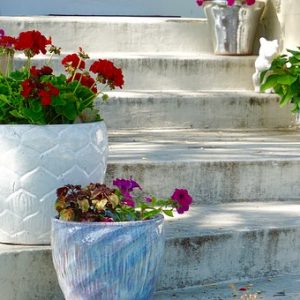 So, after reading this far, what types of plants can you put into containers? If you were paying attention, the answer is – nearly anything. Herbs, flowers, veggies, they can all thrive in containers as long as they have proper care and the right soil. It doesn’t matter if you don’t have the energy and time for an outdoor garden, live in a more urban area, or you just don’t have the space for an outdoor garden, container gardening can provide you with a viable alternative where you can grow beautiful flowers or even your own food.
So, after reading this far, what types of plants can you put into containers? If you were paying attention, the answer is – nearly anything. Herbs, flowers, veggies, they can all thrive in containers as long as they have proper care and the right soil. It doesn’t matter if you don’t have the energy and time for an outdoor garden, live in a more urban area, or you just don’t have the space for an outdoor garden, container gardening can provide you with a viable alternative where you can grow beautiful flowers or even your own food.
Keep in mind that you will need to start with the right container. They come in all sorts of sizes, colors, shapes, and even composition. Choose the style that you like best but ensure that there is at least one hole in the bottom so that any excess water can escape.
The potting soil you choose should be enriched. Make sure that it will drain quickly, but not too quickly. The ideal soil will be organic with a hint of compost mixed in. The compost will give your plants the nutrients they will need in order to flourish.
Keep an eye on the moisture of the soil. Over watering the plants can be just as bad for them as not watering enough. If the top inch or so of the soil feels dry, then it will be time to water them.
Container plants are just like plants in the ground when it comes to the sun. They need it. If they are in a spot where they aren’t getting enough light, move them somewhere else.
Try to use as many of these recommendations as possible, but keep in mind that it doesn’t need to be a full-time thing. This should be something fun that you do every day and the result will be to see the plants thrive.
Keep these things in mind and you will have a blooming container garden in no time!
Sources
- YouTube, How to Create a Container Garden
- DIY Network, 10 Unusual and Upcycled Container Gardens
- The Old Farmer’s Almanac, How to Make a Container Garden Planter
- The Spruce, Vegetable Container Gardening for Beginners








